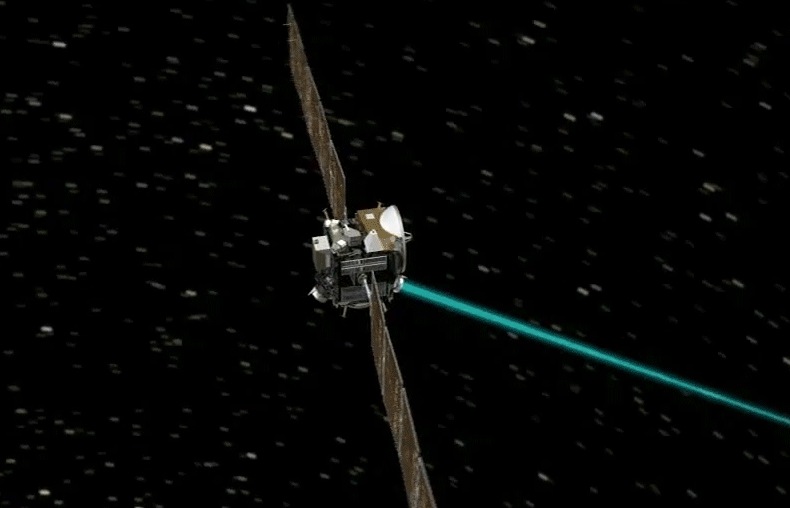
NASA Dawn spacecraft's ion engines are now quiet. Mission controllers look forward to continued science from Dawn, but they have completed all planned firing sessions of the industrious engines. (courtesy: NASA/JPL-Caltech)
Job well done... kudos to NASA's Dawn and the technology that enabled it to become the first mission to orbit two solar system destinations outside of the Earth-Moon system — first Vesta and then Ceres — and to do groundbreaking science at these two bodies.​
Mission controllers have turned off the industrious ion engines on NASA's Dawn spacecraft for the last time and do not expect to turn them back on again, if everything goes as planned for the rest of Dawn's mission in orbit around Ceres, the largest body in the main asteroid belt.
Engineers led by Dawn Project Manager Marc Rayman of NASA's Jet Propulsion Laboratory, Pasadena, California, drew this conclusion on Tuesday, June 26, after analyzing data from Dawn's last thrusting session on Thursday, June 21, and verifying plans for the rest of the mission. Mission managers expect Dawn to continue gathering science data and transmitting it to Earth for another few months.
Dawn turned on its innovative ion engines for the first time on Oct. 6, 2007. That technology has allowed Dawn to become the first mission to orbit two solar system destinations outside of the Earth-Moon system -- first Vesta and then Ceres - and to do groundbreaking science at these two bodies. During more than a decade in space, Dawn's ion engines have set records for total firing time of 5.87 years and total effective velocity change by a spacecraft of 25,700 mph (41,360 kph).Because of the nature of orbital motion, that is not Dawn's actual velocity. Spacecraft slow down relative to the Sun as they go outward in the solar system, Rayman explained. Read more about orbital velocity here.
"Dawn's remarkable ion engines have taken us on an exciting extraterrestrial expedition that would have been impossible without them," said Rayman. "The engines are healthy and ready in case we ever need them again, but they have taken Dawn exactly where we want it to be. We will remember the engines and their cool blue glow with fondness and gratitude."

